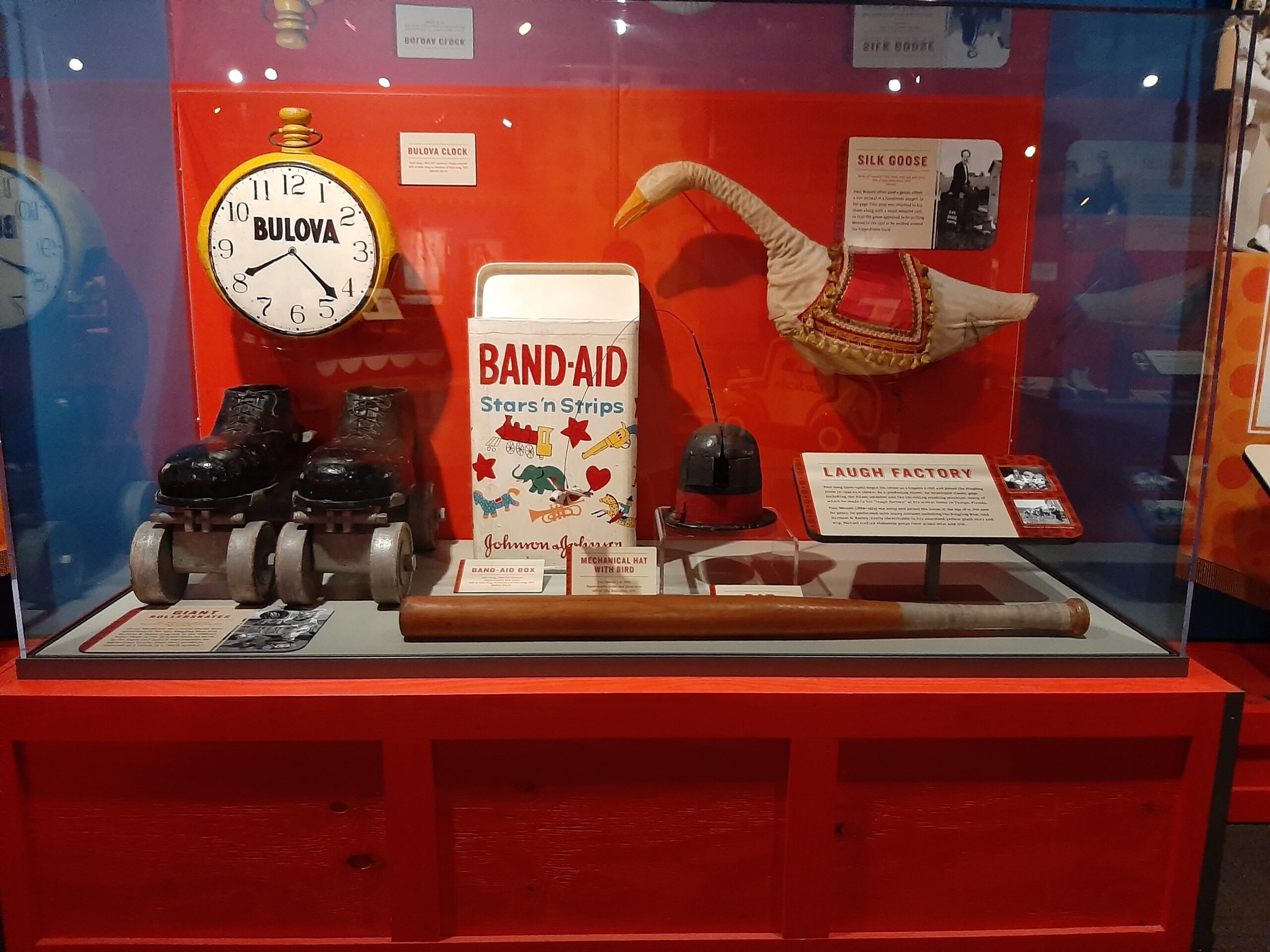
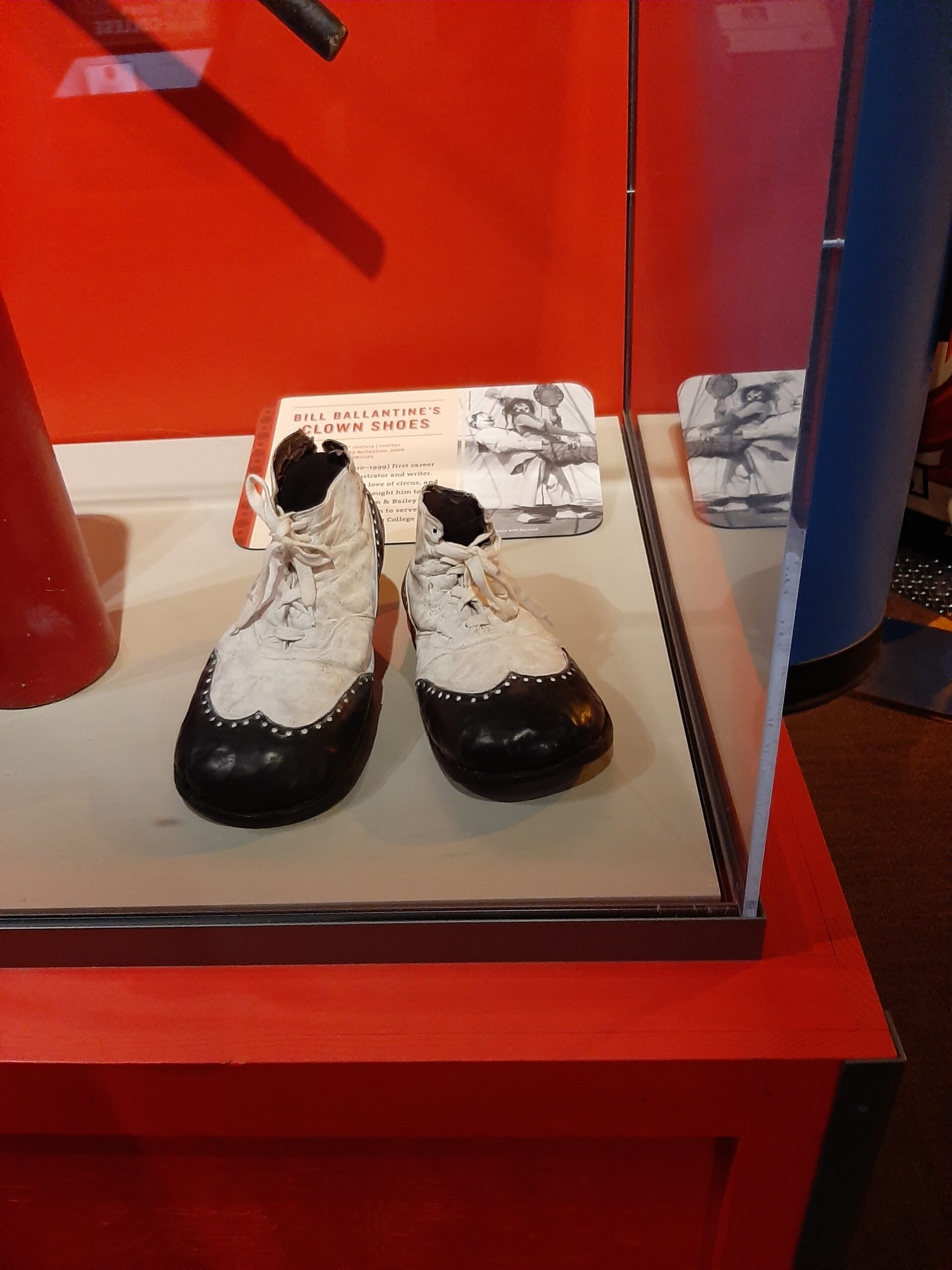

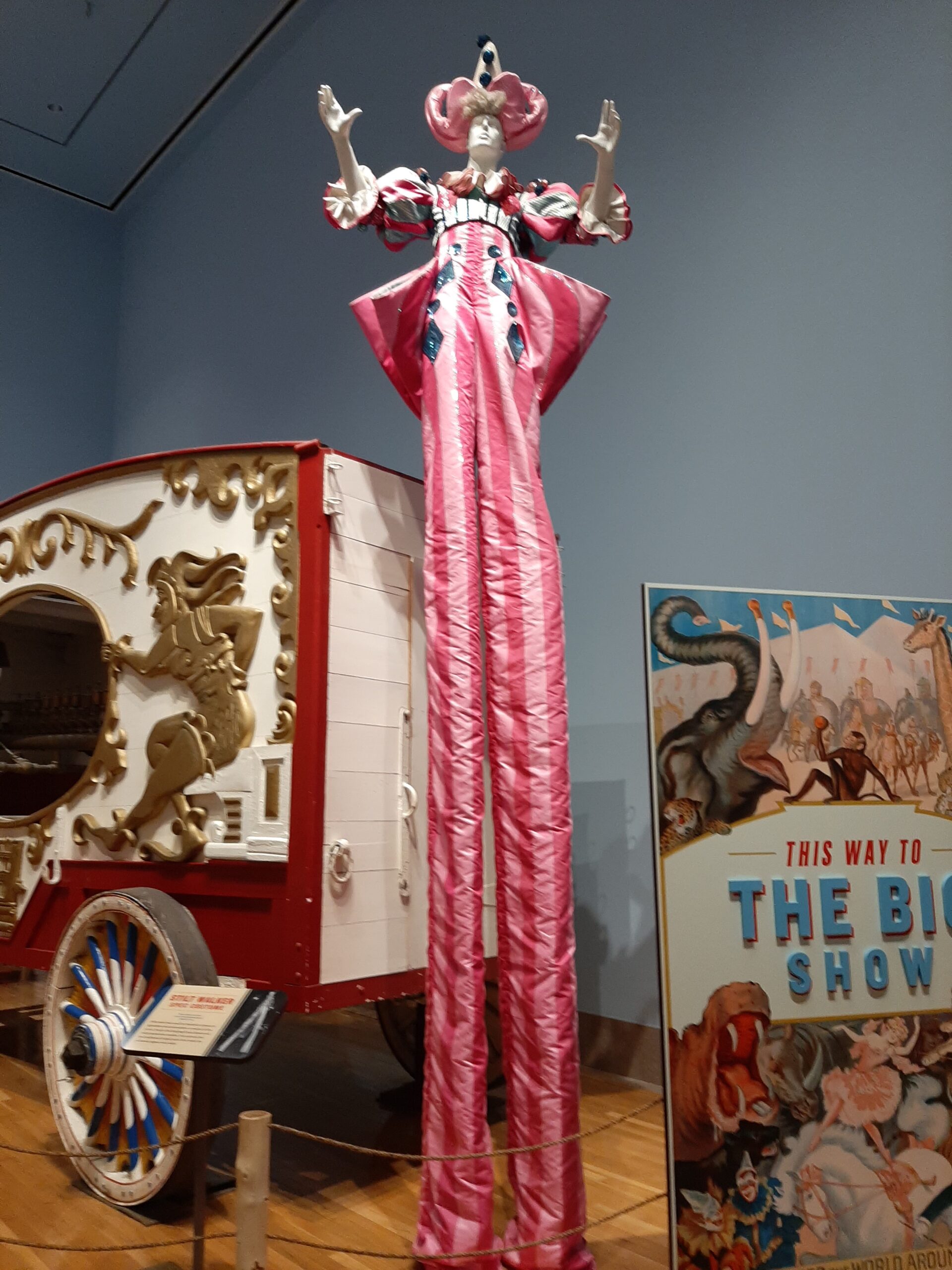
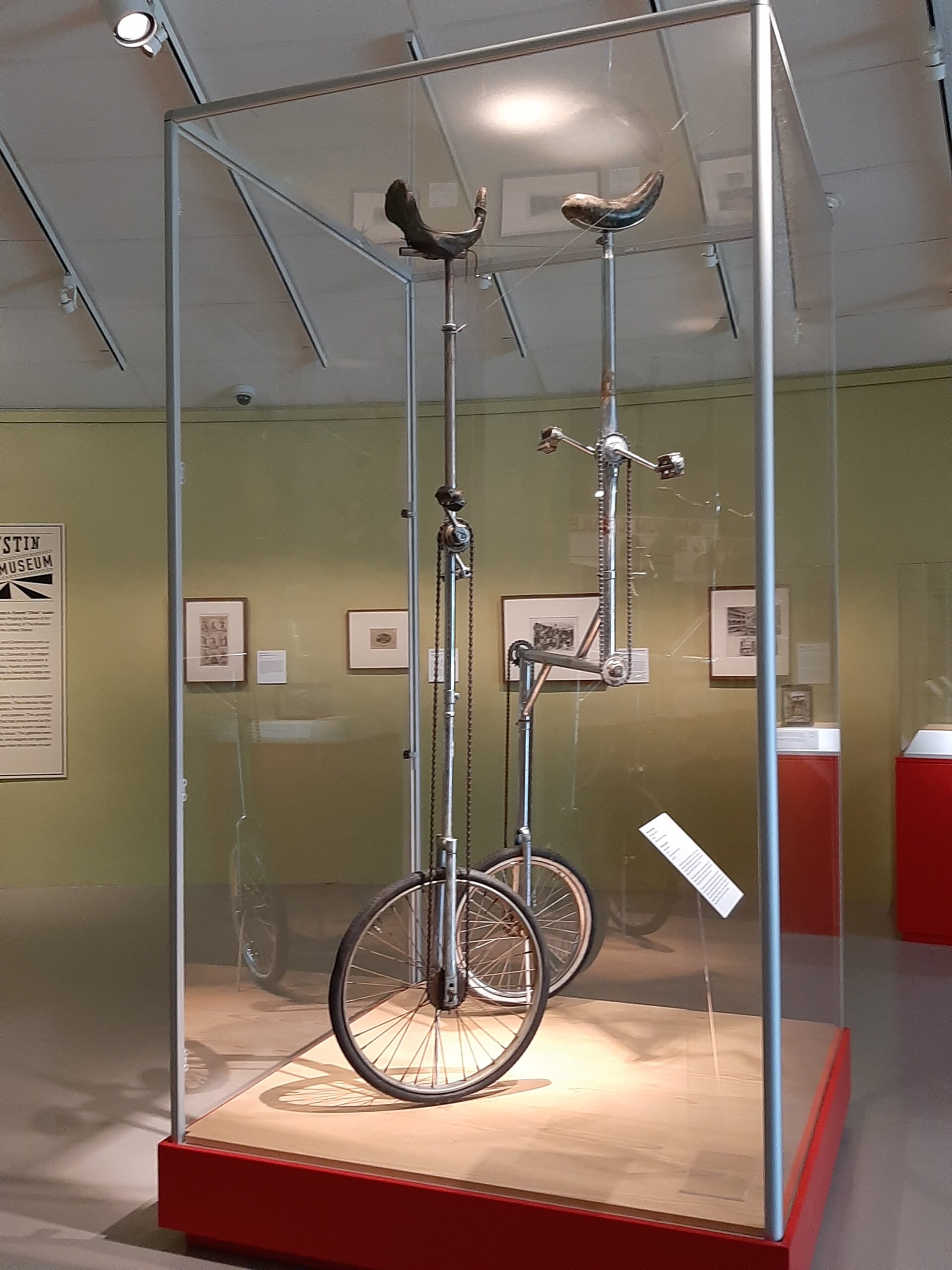
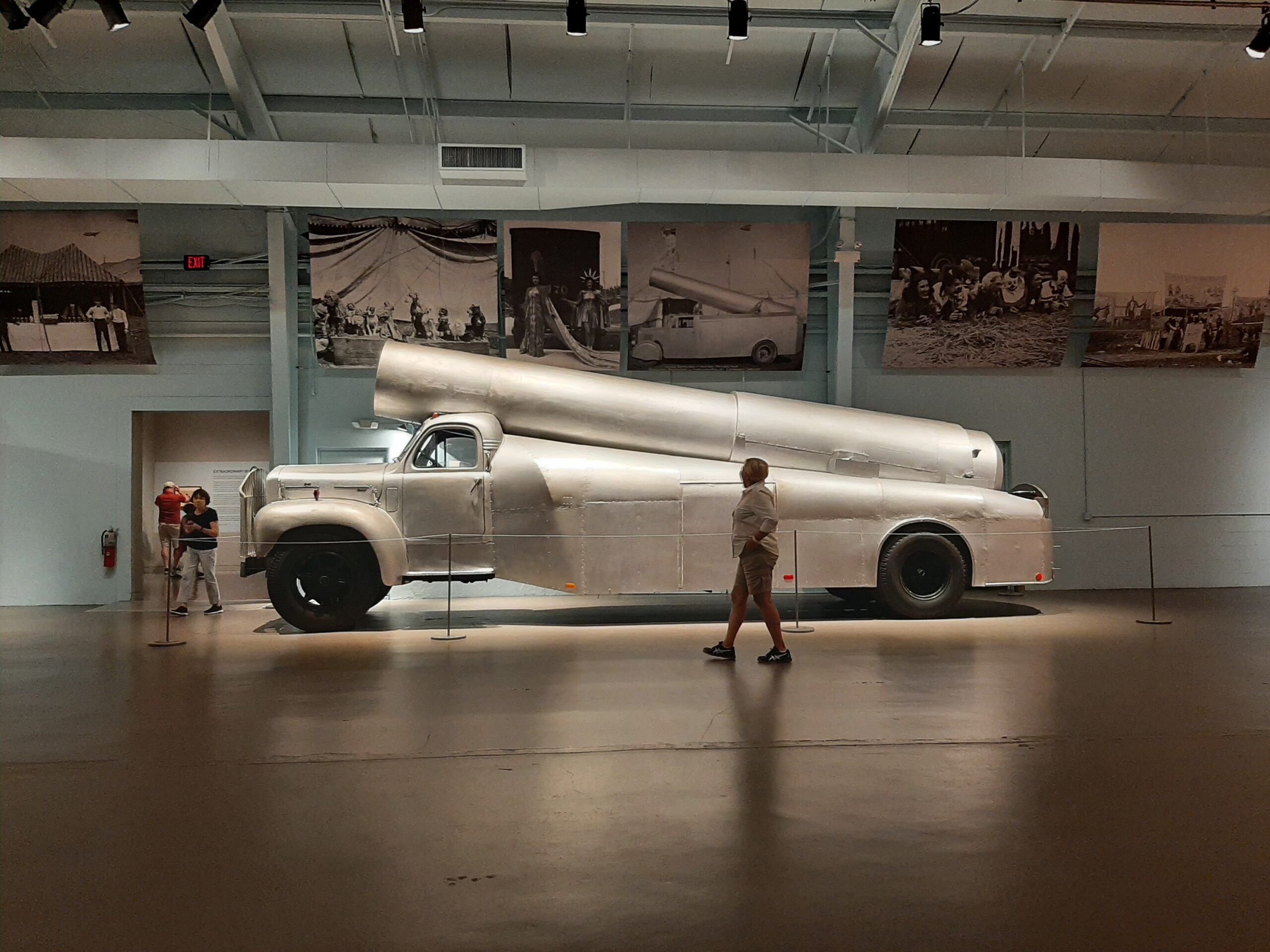
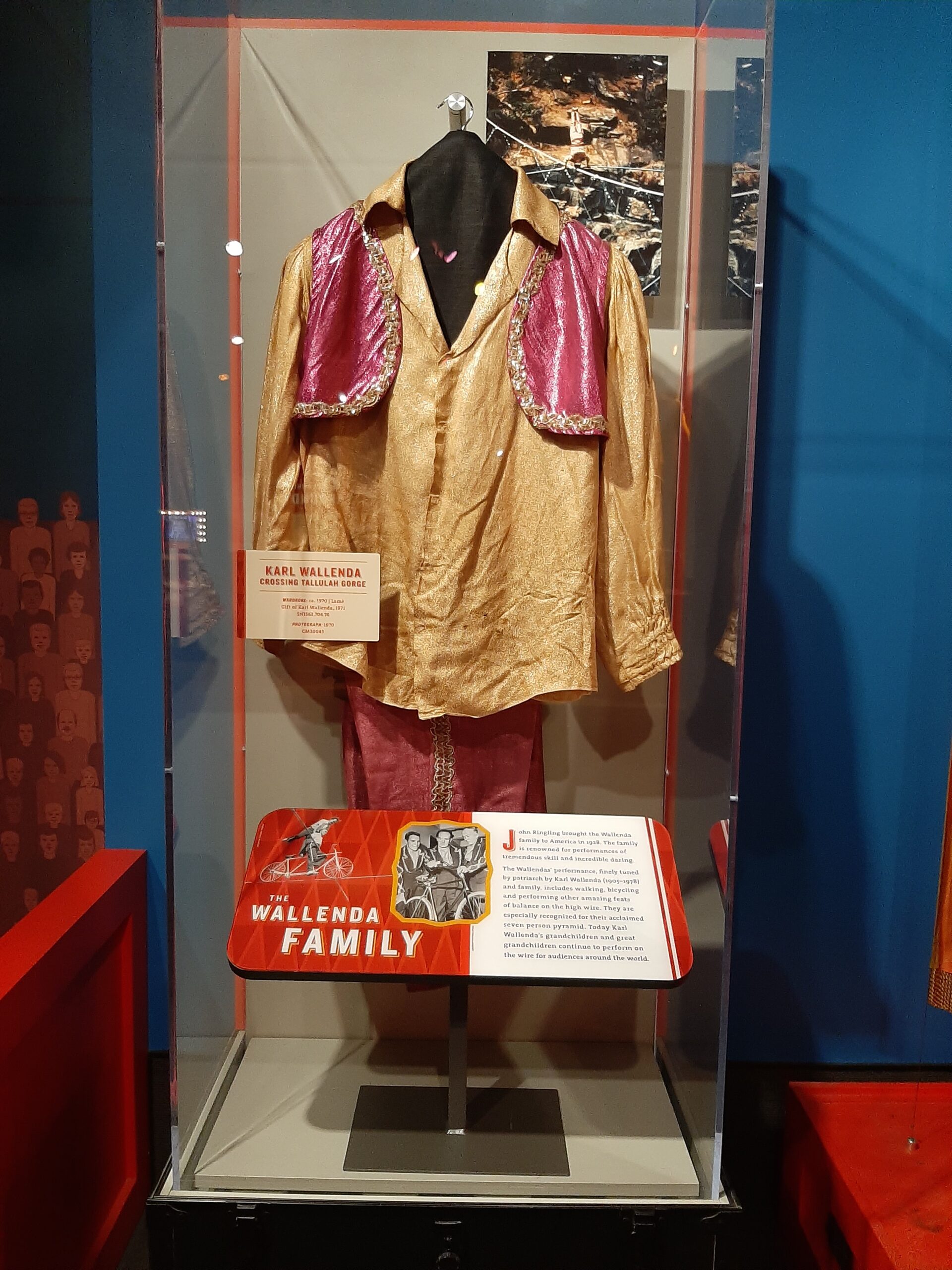
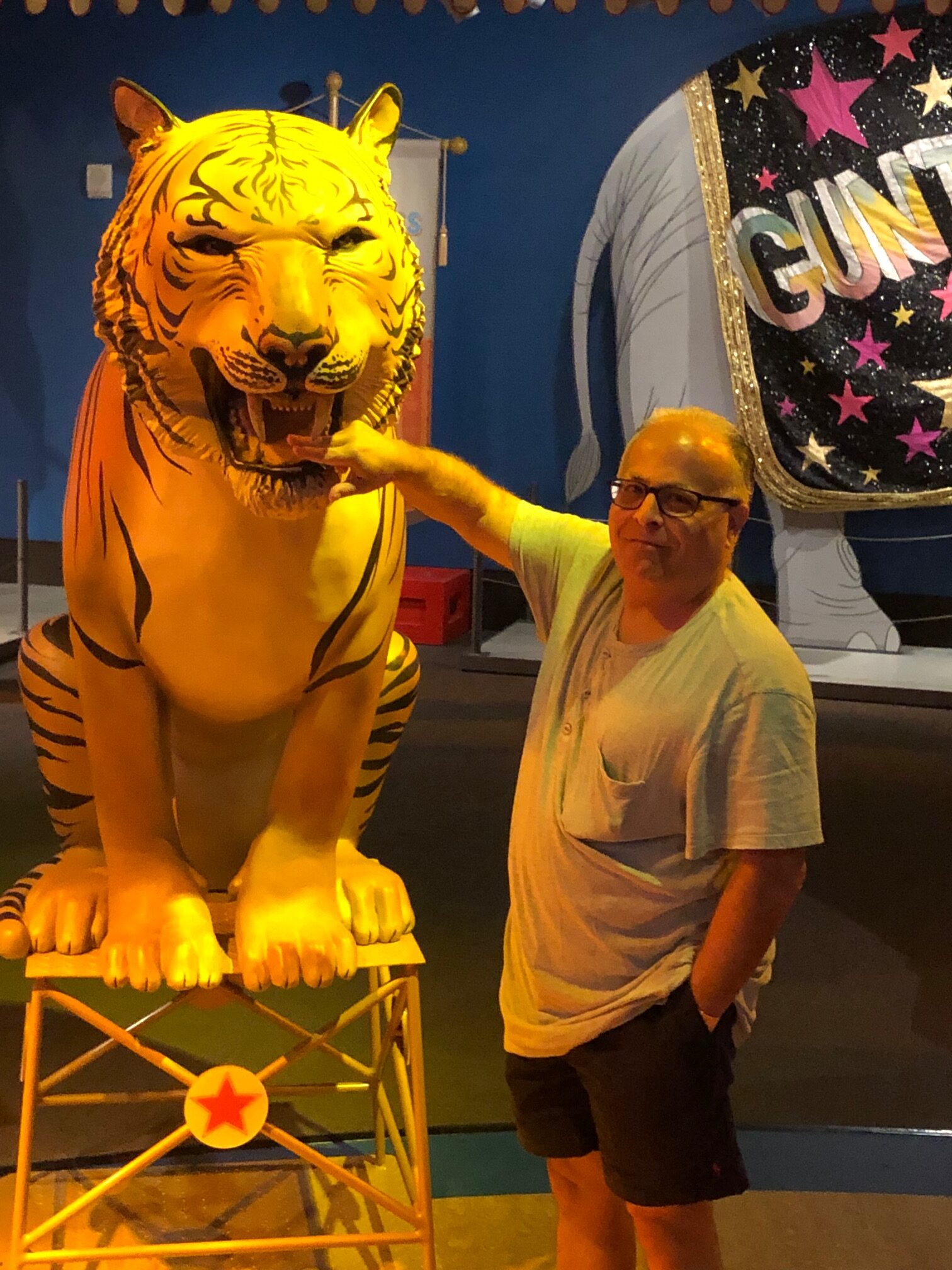
Did you know there was beaucoup bucks in the travelling circus of olden days? Well, there was, and there’s no better evidence than the John and Mabel Ringling industrial complex situated strategically along the Sarasota Bay.
The residence itself is only slightly smaller than the Pelosi Mansion and just a touch less ostentatious than Ivana Trump’s Manhattan penthouse. The Ringling’s named their mansion Ca’ d’Zan which is Venetian dialect for “the house of John”. You know you’re loaded when your house has a given name. Thankfully, there’s no Venetian word for “Mabel” otherwise the house would be a mouthful.
The Ringling’s wanted to recreate their beloved Venice and, despite there being no canals, no gondolas, and only bland food, Sarasota reminded them very much of Venice (one wonders why they didn’t just move 43 miles south to the actual town of Venice, Florida, but they didn’t …and its’s a topic of frequent debate amongst the Florida State University cheerleader squad).
Construction began in 1924 and completed in 1926 – today, you can’t even get a Kohler toilet installed in that timeframe (I recommend “The Champ”). The project would have been finished sooner, but Mabel insisted the tub in the main bathroom be cut from Sienna Marble and contain taps for both fresh and salt water. While the Marble tub was a smash sensation, oddly, the salt water taps were considered extravagant…perhaps because the water in the nearby bay was warm, plentiful and free.
Ca’ d’Zan is 36,000 square feet and is big enough to house the John and Mable Ringling Museum of Art (Mabel thought they needed something bigger what with the two dogs and all). At the property’s pinnacle is an 82-foot-high tower with an open-air landing and a high-domed ceiling. Legend has it that John enjoyed taking friends up to the tower to show them his land holdings in Sarasota, and to spit on the guests below too lazy to make the climb.
Also within the estate grounds is The John and Mable Ringling Museum of Art which is the official state art museum of Florida. It is now under the stewardship of Florida State University and would be a much more popular attraction with the students if the University didn’t have such a good football team.
Housed within the museum is a reference library that contains 70,000 items including a collection of rare books from 16th century, collections of European Art (especially renaissance and baroque, favorites of John Ringling) Asian Art, Studio Glass, Circus history and culture, 60 thousand books and specialized art databases. It even contains a facsimile of the Guttenberg Bible, gifted to John Ringling by a German rare book collector after the nearsighted German mistook the bearded lady for Mabel.
If you love the circus, then you’ll adore the Ringling Circus Museum, the final stop of the estate tour.
There, on display, like royal jewels or precious manuscripts, are the many tools of the trade. The oversized roller-skates and floppy clown shoes that made many a child and adult say “oh, those silly clowns”. They’re there. The squirting carnations and hand buzzers that shock and startle the unsuspecting…they are there too. How about when the clown goes to put out the fire and grabs the bucket filled with confetti. They have the actual bucket… it’s ensconced in its own, climate- controlled museum casing. Fabulous. The eight -foot unicycles, the ginormous alarm clock, and even the slide-whistle that makes the “alley-oop” sounds…it’s all on splendid and delightful display.
Quite frankly, it is a national disgrace, in this writer’s opinion, that some of these artifacts don’t reside in the Smithsonian next to the Moon Rocks.
Our visit to Ca’ D’Zan was so inspiring, that when we got home, we bought a very nice chair for the living room of Ca’ D’Andrew. Hopefully it will be the talk of the town.
Bonus material
Two of the more fascinating Circus Museum exhibits were:
The rocket launcher for the human cannonball act. Officially dubbed the “Zacchini Canon” named after Hugo Zacchini, the first daredevil to ever attempt such a chilling feat. The Zacchini family originally hailed from Italy but lived in Peru and both countries lay claim to this pioneer of the human projectile sciences. With an extremely hardened head, so typical of Italian men during that era, Zacchini was a natural.
More awesome than the human cannonball was the Flying Walenda exhibit. There behind bullet-proof glass, like Tutankhamun’s shroud, was the leotard worn by Karl Walenda, one of the most famous and lucrative of Ringling’s Circus acts.
The Flying Walenda’s hailed from Germany and were the brainchild of oldest brother, Karl. Karl began performing at the age of six. Coincidentally, I too began performing at that age of six…if mimicking John and Ringo counts as “performing”. Anyway, in 1928, the Walenda’s made their debut for the Ringling Circus and were an instant smash hit. As the years went on, Karl developed more and more dangerous and daring feats, culminating in the death-defying 7-chair pyramid act which was that much more perilous during allergy season. Karl’s other talents included plate spinning and sticking his head inside the mouth of a Bengal tiger. Karl never took the easy route, and died in Puerto Rico at the age of 73 while walking the wire between the towers of the Condado Plaza Hotel when his wife sent him for ice.
Thus concludes my Sarasota travelogue.
